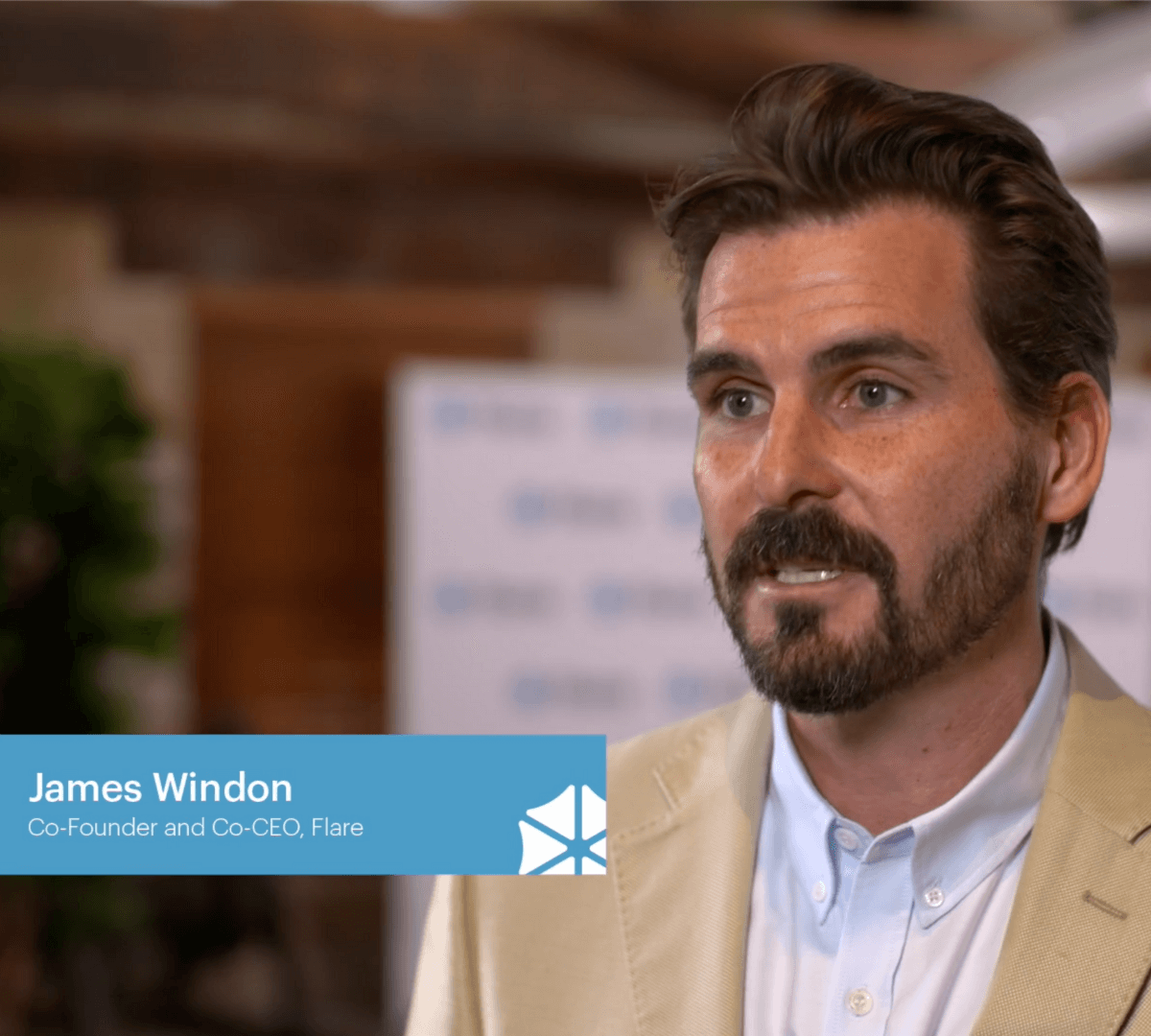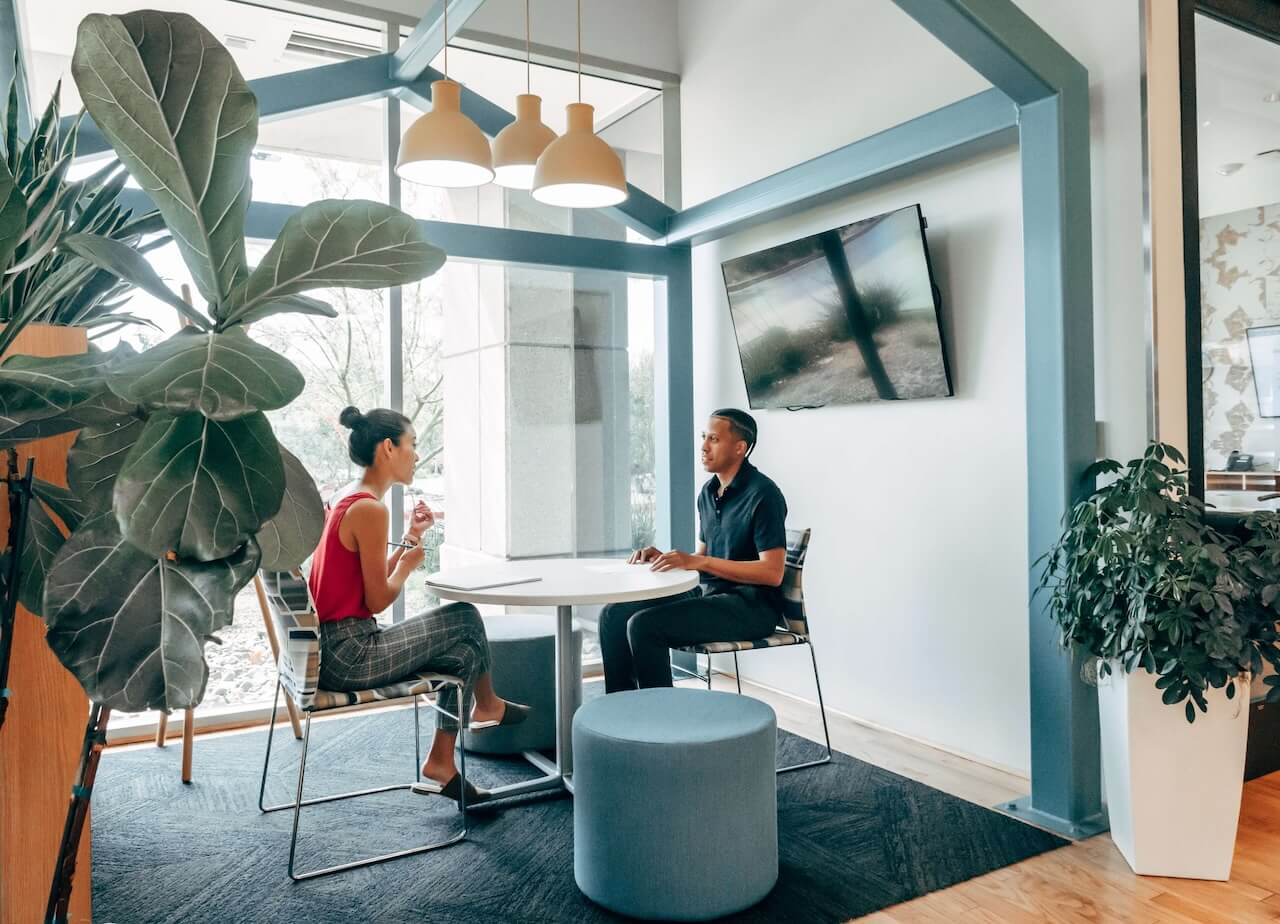How to create a sustainability program that attracts top talent and adds value to your business
These days, “quiet quitting”, “the great resignation”, and post-pandemic demands for fair, flexible work practices are putting pressure on employers to show empathy and adaptability at a whole new level.
In Australia and around the world, it’s clear that employees want way more from their careers than just basic job security and fair pay.
Motivations for job seekers in 2022 often include;
- A deep and mounting concern for the environment and sustainability;
- A need to belong to something bigger than themselves; and
- A strong desire to buy from and work for companies whose values are aligned with theirs.
Millennials moving up in their careers and also upcoming generations entering the workforce are looking for more from their employers
For business owners and HR leaders, staying competitive (and attracting top talent) in this environment presents definite challenges. On the other hand, businesses willing to be open and accountable for their social impacts have a huge opportunity to position themselves as employers of choice.
Research shows that both the overall attitude of the business to sustainability and the specific incentives it offers can sway an employee’s decision about a particular role:
- About two out of three respondents say they are more willing to apply for (67%) and accept (68%) jobs from a sustainable company; and,
- Roughly one in three say that, as an example, sustainable travel is a priority. Employers may want to offer alternative transport options, such as electric vehicles, offered through novated leasing.
- 96% of Gen Y employees4 are hugely concerned about the environment – and demand that employers take steps to become more sustainable. One in four employees would quit if they found out their employer had a poor sustainability record.
What is a sustainability program?
Sustainable, environmentally conscious and socially responsible companies now have a clear edge when it comes to attracting and keeping the best talent.
In fact, studies show a purpose-based approach to business is not only a driver of employee attraction and retention but also a key way to manage risk, drive growth and improve returns.
For any organisation, creating and implementing a comprehensive sustainability program is a practical and powerful way to demonstrate responsibility for the environment, society and the people it employs.
But what exactly is a “sustainability program” and how does it work?
Looked at as a whole, an effective sustainability program actually has two parts, the program and the plan:
- Think of your sustainability program as the high-level framework or “roadmap” that sets the overall direction; and
- From there you need to develop an actionable plan (or set of plans) to deliver the desired outcomes.
The key pillars of a sustainability program
There’s no universal approach to creating a sustainability program and each business should be guided by the specific dynamics and demands of its investors, shareholders, suppliers, customers and employees.
In general, the pillars of a solid sustainability program cross over a wide range of environmental, social and economic factors. Prioritising your activities depends on their relevance to your business.
Common initiatives include:
- Minimising waste and carbon emissions (environmental);
- Having eco-friendly and transparent supply chains (environmental and social); and
- Creating policies that respect and reward employees by giving them access to meaningful benefits (social and economic).
What these things look like in practice can be as diverse as having a paper-free office, sourcing only from accredited or fair trade suppliers or giving your employees “green perks” like access to electric vehicles through salary sacrifice.
Whatever you choose to focus on, success depends on getting management buy-in, setting measurable targets, and keeping employees and customers engaged and in the loop.
Implementing your sustainability program – 7 steps to success
Once you’ve decided on your ESG mission, you can start to work on implementation – which is where the “planning” part of your sustainability program comes into play, and concrete results can be realised.
There are several key steps to developing a sustainability plan:
Step 1: Establish a “green team” or sustainability task force
To make it meaningful and effective, sustainability needs to be driven by collective commitment and teamwork. It’s crucial for everyone to rally to the cause, from management to junior employees.
However, while cultural change needs to be encouraged all over the business, establishing a core “green team” to drive sustainability initiatives is a great idea.
It doesn’t absolve other managers and employees of their responsibility for sustainability, but it does mean that your program will have active advocates who take ownership and can keep things on track.
Step 2: Audit your current sustainability performance
In terms of sustainability, businesses run the gamut from merely reactionary to change-makers who have made sustainable practices a part of their brand identity.
Assessing where you’re at is the first step to getting a plan in place and can help you choose the initiatives you need to focus on.
Questions to ask in a sustainability audit include:
- What is the environmental footprint of your operations and how do you measure your carbon emissions and waste production?
- What are you currently doing to conserve resources and reduce waste?
- How are you engaging with your partners and suppliers to promote sustainability?
- What is your social impact and how do you give back to your employees and the community?
If you need extra help and guidance, organisations like B Corp and green business councils provide plenty of tools and resources to guide you in auditing and assessing your ESG impacts.
Step 3: Choose initiatives that matter
Avoid overwhelm by picking a handful of focus areas and tackling them in stages.
The initiatives should be prioritised based on impact, effort and cost, and can relate to any target area where you see a need for positive change.
Some practical options for your sustainability action plans include:
- Salary packaging through novated leases;
- Source and switch to more environmentally-friendly raw materials;
- Set a goal to reduce the use of unsustainable packaging materials;
- Reduce power usage overall and switch to greener sources of power;
- Start a comprehensive office recycling initiative;
- Monitor and reduce food and water wastage;
- Establishing community engagement and employee wellbeing programs;
Step 4: Engage your people and create meaningful employee incentives
Some companies struggle to benefit from sustainability programs because they fail to give their people the incentives to support them.
Offering tailored and meaningful incentive programs that have an environmental or social impact is one way to do this.
For example, transport and car-related expenses eat up almost 15% of the average Aussie household income. Specific perks like EV and novated lease salary packages offer employees a less expensive way to own and run a car and have both environmental and cost-of-living benefits.
Other possible initiatives include:
- Remote work options, flexible hours and shorter working weeks;
- Fitness, meditation,wellness classes available for free through the Flare app
- Healthy, organic food alternatives; and
- Community involvement and charity work.
Step 5: Track progress and measure results
The yardsticks and measurement methods your business uses will depend on the unique focus of its program and plan.
Generally speaking, positive changes in energy consumption, water usage, waste generation and carbon footprint are front and centre when it comes to environmental goals.
Ways to measure social and governance goals include assessing whether your business has:
- Moved the needle on recruiting diverse talent;
- Improved its employee satisfaction ratings;
- Reduced employee turnover and improved parental return-to-work rates;
- Made moves for equity and competitiveness in pay and incentives;
- Introduced policies to score, reward or remunerate management and staff for their contribution to ESG goals.
Step 6: Communicate and celebrate wins
Making things fun and spreading the word about your successes will contribute to keeping enthusiasm for your sustainability program alive:
- “Gamify” participation by issuing points, badges and awards (there are lots of apps that allow you to do this);
- Give recognition and tangible rewards for outstanding contributions;
- Schedule company events with sustainability as a focus; and
- Communicate wins in both your internal and customer-facing communications.
Step 7: Review, revise and refine your sustainability program
A sustainability program should never be set in stone and regularly revisiting and revising your program and associated plans are crucial.
Ask what’s working and what’s not:
- Have your overall ESG goals shifted?
- Have you taken on more than you can manage or could you actually set more ambitious goals and targets?
- Have you managed to keep your people engaged and interested in contributing to the success of your sustainability program?
When you’ve got some runs on the board with your sustainability program, applying for credible, industry-recognised accreditations is another great way to boost your credentials and increase your authority and trustworthiness.
Attract and retain top talent with novated leasing Electric Vehicles
Electric vehicle (EVs) and plug-in hybrid adoption in Australia is set to explode. 40% of Aussies say they’d buy an EV if subsidies assisted the initial purchase price.1
With the introduction of no Fringe Benefit Tax (FBT) tax for eligible electric vehicles through a novated lease arrangement, these vehicles are more accessible than ever. For businesses, this is a significant opportunity to offer considerable tax savings to attract, engage and retain staff, and minimise payroll tax, while also taking a leadership position on sustainability. All at no cost to your business.
- Meet the demand for EVs
40% of Aussies say they’d buy an EV if subsidies assisted the initial purchase price1. With the introduction of no FBT on eligible EVs and PHEVs only through a novated lease, employees will be seeking employers who proactively offer this benefit. - Give your employees’ salaries a boost, at no cost
With no FBT on eligible EVs and PHEVs, you could save your employees on average $9k per year at no cost to your business. This is almost double the savings2 compared to a novated lease with an internal combustion engine vehicle. - Strengthen your Employer Value Proposition (EVP)
With more than 7 out of 10 employees3 being interested in accessing salary packaging, novated leasing is a powerful tool to drive financial wellbeing and enhance your EVP. - Simplify your balance sheet with no FBT
With no FBT to pay on eligible EVs and PHEVs, there is no FBT offset or reporting required thus simplifying your balance sheet. - Minimise payroll tax
If your business qualifies for payroll tax, the more eligible EVs and PHEVs your employees take up through a novated lease arrangement, the more you could save by reducing their taxable income. - Take leadership on sustainability
You’ll be leading the transition to EVs, and demonstrating innovation and a commitment to sustainability. - Engage a younger employee demographic
96% of Gen Y employees4 are very concerned about the environment – this demographic will demand employers take additional steps to become more sustainable.








